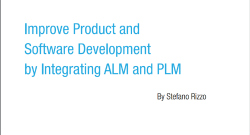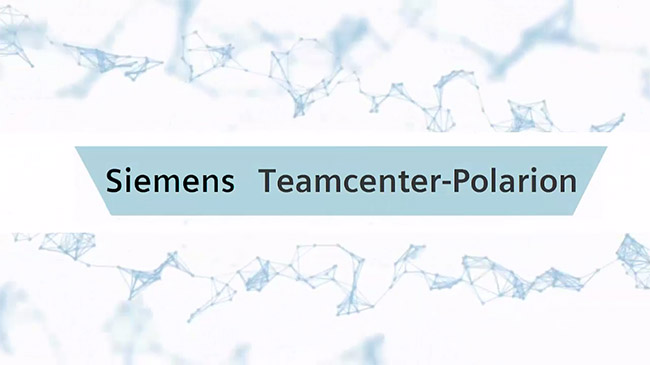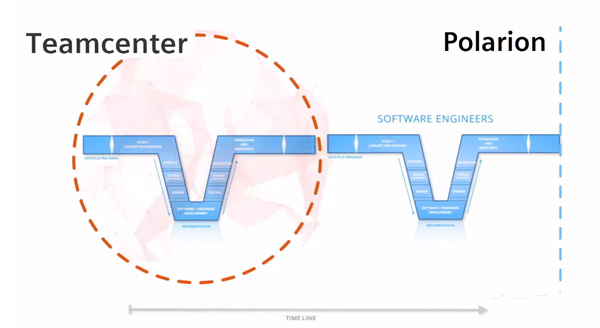Engineering End-to-End Quality across Electrical, Mechanical, and Software Systems
Today, over 10 billion new microprocessors are produced each year, with over 95% of these devices deployed as embedded components spanning almost every industry. Going forward, the growth of embedded systems is likely to accelerate significantly as manufacturers further embrace the Internet of Things (IoT).
Unfortunately, the tools developed to design and test multi-system goods tend to be specialized, with separate Product Lifecycle Management (PLM) tools for mechanical and electrical components and Application Lifecycle Management (ALM) tools for software. Disconnects between ALM and PLM automation can be costly in terms of rework and delays, as well as product safety. They can also delay or even prevent opportunities for innovations that cross discrete systems.
At Polarion Software, we've been deeply interested in the convergence of ALM and PLM for quite some time. We've actively researched and published our research results since 2011. Several examples of our free whitepapers and webinars are linked on this page.
One major outcome of our research has been the identification of 5 incremental levels of ALM-PLM integration. This taxonomy is unparalleled in today's market. Our customers consider it a key perspective in identifying their needs and addressing them with proper solutions and investments.
Polarion leverages the very latest developments in integration technology, to ensure that product development organizations have a single, cohesive product ecosystem, with multi-directional linking of ALM and PLM data and processes.
ALM-PLM User Experience
- Don’t migrate, duplicate or even aggregate data from applications, but maintain meaningful relationships across these data enabling configuration and view points
- Don’t force the engineers to migrate to PLM concepts that are meaningless for their domain, but automatically create correspondences that are relevant for their domain
- Don’t migrate local engineering workflows, but orchestrate the workflows
- Don’t imply switching tools, but provide the required data and relationship authoring/viewing functions to the engineers from their applications
- Don’t overwhelm engineers with data irrelevant to them, but expose personalized and immediately relevant product content for their domain
- Don’t suggest to manually create and maintain the million relationships between artifacts, but capture and automatically create relationships along engineering activities
Business Benefits of ALM-PLM Integration
Visibility across all assets- Improve search and locate information
- Avoid errors, avoid damage costs, avoid reputation risk
- Reduce time wasted
- Enable effective collaboration across globally distributed units
- Quickly locate parts and manage defect fixes
- Reduce inoperative time of broken products






